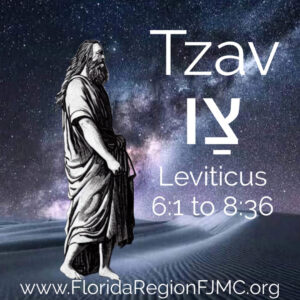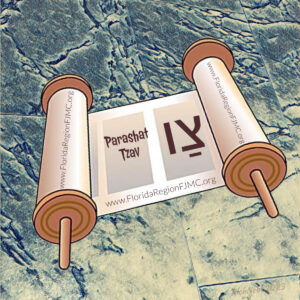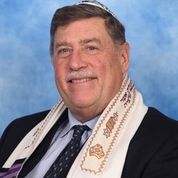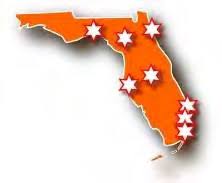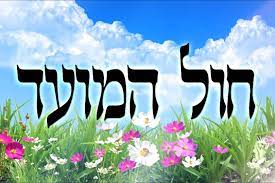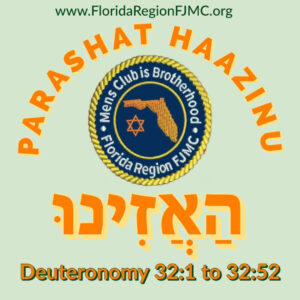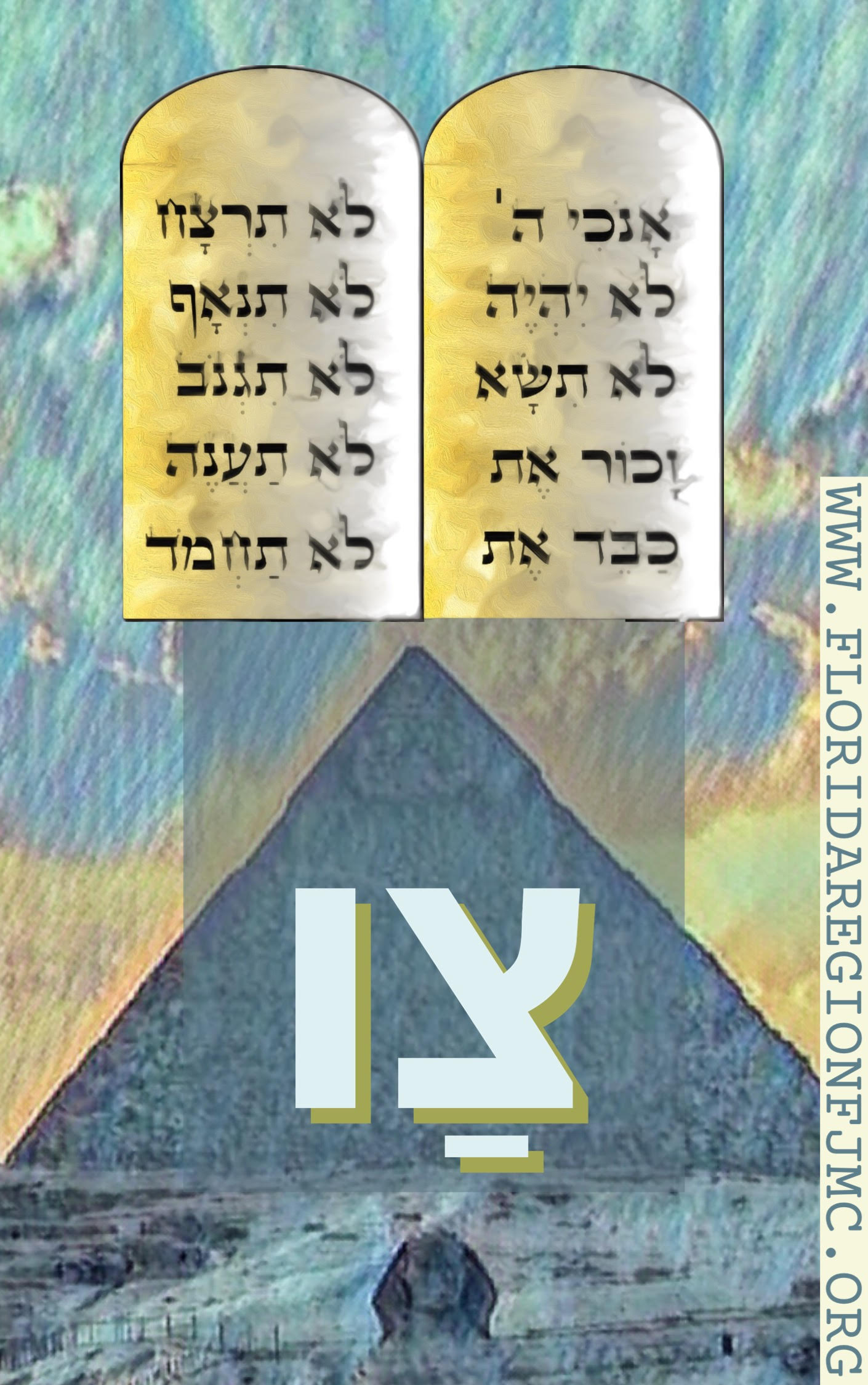
When you Choose Shabbat, you choose to learn that every Shabbat is different and special. This week I learned that Parashat Tzav (צַו) is the 25th weekly Torah portion in the annual cycle of Torah readings as well as the second reading from the Book of Leviticus (6:1 to 8:36). I also learned that this week has a special designation as Shabbat Parah.
According to Wikipedia, Tzav (צַו), contains 5,096 Hebrew letters, 1,353 words, 97 verses and makes up 170 lines of a Torah scroll. Tzav contains details about how the priests performed the ritual sacrifices and describes the ordination of Aaron and his sons.
Rabbi Michael D Klein of Temple Torat Emet offers his insights on this week’s Torah reading, Tzav for Shabbat, March 30, 2024 aka 20 Adar II 5784:
“This Shabbat we honor the men of our TTE Mens’s Club who will be leading services for Friday night and Shabbat morning. The special portion they will be sharing is the Parah Aduma- the red heifer, which is one of the most misunderstood special sections of the Torah, found in Numbers Sedra Chukat. It is interesting that this coincides this year with the Sedra Tzav which deals with an explanation of the various burnt offerings that were given by individuals and the nature of the 2 flames that were to be present eternally in the Mishkan.
The Parah Adumah was a vehicle created by Hashem in the Torah to allow those who became unclean to be restored to spiritual cleanliness through the sprinkling of ashes. The Korbanot were likewise created to allow individuals to become closer to G-d by thanking G-d for good tidings or by admitting our frailty and asking forgiveness. The flames which eternally burning were the Ner Tamid which was a small flame near the Ark of the Covenant and the larger and more prominent Flame on the Altar which was used to consume the burnt offerings that were brought. These flames symbolize our constant connection to G-d whose presence we seek every day, especially when the flame of passion draws us near to our people. The smaller flame represents G-d’s still, small voice within us while the larger flame represents the call to action that whenever we witness injustice within our society or even within ourselves, that we are constantly reminded of G-d’s eternal presence and our mindfulness of the observance of the Commandments.
This Shabbat we are fortunate to share this special message with the men’s club, fellow congregants, who, like the eternal flames, are ever present to help assist our congregation and elevate our awareness of the importance of G-d’s presence by virtue of their good deeds. May their good works guide us to spiritual awareness and increased mindfulness of Hashem’s gifts to humankind. Amen.
Considerations to Discuss:
- In which portion of the Altar is the Sin Offering brought and why?
- Why were seven days required to prepare the Kohanim for their holy tasks?
- Why were the Kohanim required to offer Sin Offerings during this period of Miluim?
- What was different about the Sin Offerings during this period compared to other sin offerings?”
Rabbi Michael D. Klein attended Yeshiva College of South Florida and served as Torah Reader, Hebrew teacher, Chazzan and spiritual leader of various synagogues throughout South Florida. In January 2015 he became Ritual Director, Bnai/Bnot Mitzvah instructor and 7th grade Hebrew instructor for Temple Torat Emet of Boynton Beach. In October 2019 he was accepted into an accelerated track and received his shicha from Yeshiva Adath Wolkowisk and has been the Rabbinic leadership of Temple Torat Emet since August 2020. In September of 2022 he was appointed Rabbinic and Spiritual Advisor of the Florida Region of FJMC.
Choose Shabbat; choose to celebrate, to light candles, sing songs and learn a little Torah.
This moment of Jewish Learning is brought to you by the Florida Region of the Federation of Jewish Men’s Clubs (FJMC). We are part of a confederation of over 200 Jewish Men’s Clubs and Brotherhoods representing over 20,000 members across the United States, Canada, Latin America, and beyond. Learn more about how your Jewish Men’s Club or Brotherhood can affiliate with the FJMC at: https://fjmc.org/for-clubs/affiliating-with-the-fjmc/.
The Florida Region of FJMC serves the needs of affiliated Men’s Clubs and Brotherhoods throughout the State of Florida. Get to know more about the FJMC Florida Region and our growing network of Jewish Men’s Clubs and Brotherhoods at www.floridaregionfjmc.org and please visit and LIKE our Florida Region FJMC Facebook Group at www.facebook.com/FloridaRegionFJMC.
